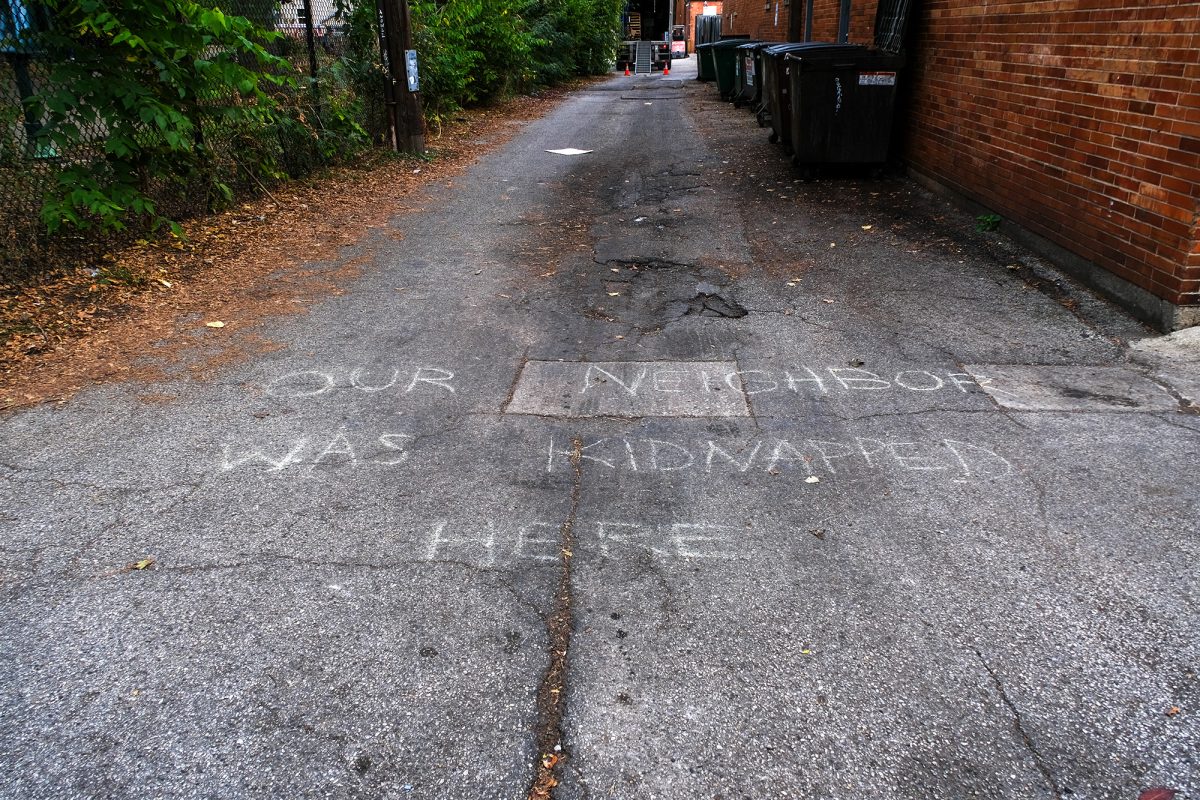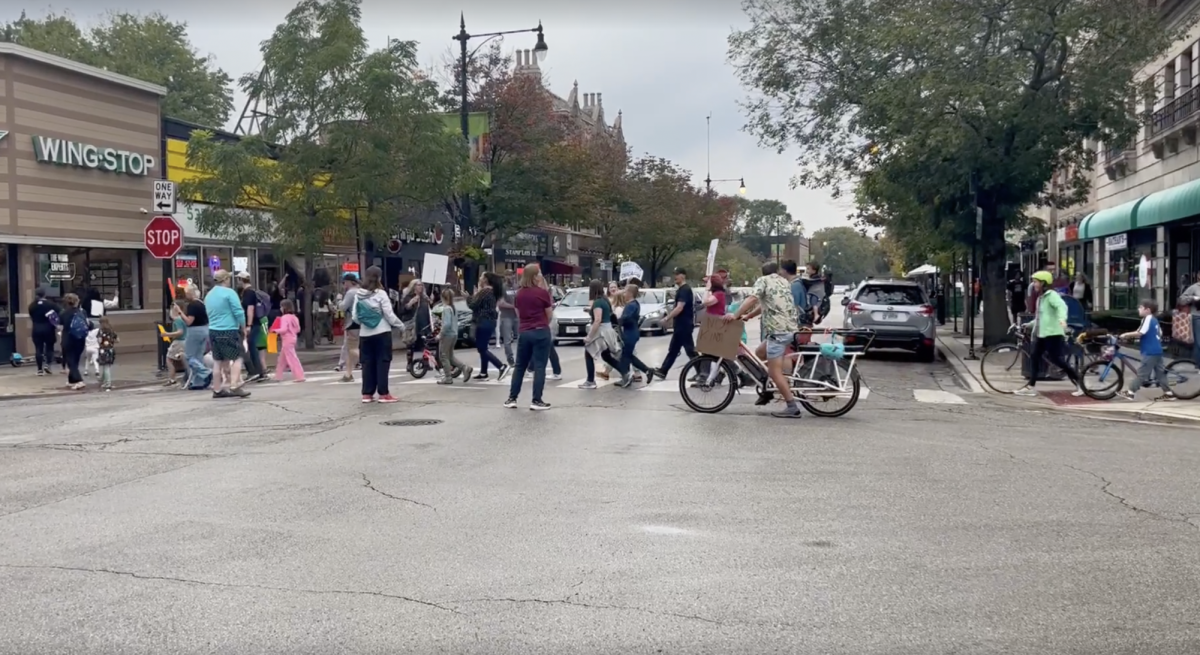The uncanny similarities between the hooded man in the Abu Ghraib prison, Christ, and iPod dance ads influenced the public’s perception of the war on terror, English and Art History professor W.J.T. Mitchell said at a lecture.
The uncanny, according to Mitchell, involves a threshold where there is a state of ambivalence and uncertainty. The figure of the double, including the clone, both literally and metaphorically, figures the uncanny, he said.
While the war on terror may no longer make the top story in newspapers, Mitchell said, it is still prevalent in people’s minds because of its uncanny nature.
The image of the uncanny was exemplified in the infamous picture of the hooded man in the Abu Ghraib prison, “the ghostly figure that is going to haunt the war on terror,” Mitchell said.
“This is supposed to be the picture of the terrorist captured and brought to justice. Instead it turns it into a kind of composite Christ welcoming, Christ mocked image.”
Besides the uncanny similarity to Jesus, when the Abu Ghraib image was reproduced in the mass media, which had also been broadcasting the iPod dance ads, people noticed that the characters in the ads also looked similar to the figure.
The uncanniness of the two figures took away the last excuse for the invasion of Iraq, according to Mitchell. “The weapons of mass destruction were the first alibi. Connections of al-Qaeda were the second. The only thing left was that we were liberating,” Mitchell said.
That image of torture meant America could no longer claim innocence, he said.
Mitchell compared the images of a Google search for “terrorists” with an image of the Stormtroopers from Star Wars: Revenge of the Clones. In both cases, the warriors are faceless and anonymous, both marching off to battle.
Mitchell explained, “This is the new image of the army or the crowd, in which you don’t get your individuality back when you leave the crowd,” he said.
In this reality, in this war, all men are essentially clones, acting as one, Mitchell said. Just like in Edgar Allen Poe’s works, where twins serve as a bad omen, the uncanny figure of the clone can be disturbing.
The lecture was based on his upcoming publication, Cloning Terror: The War of Images, 9/11 to Present, which will be released by the University of Chicago Press in November 2011.








